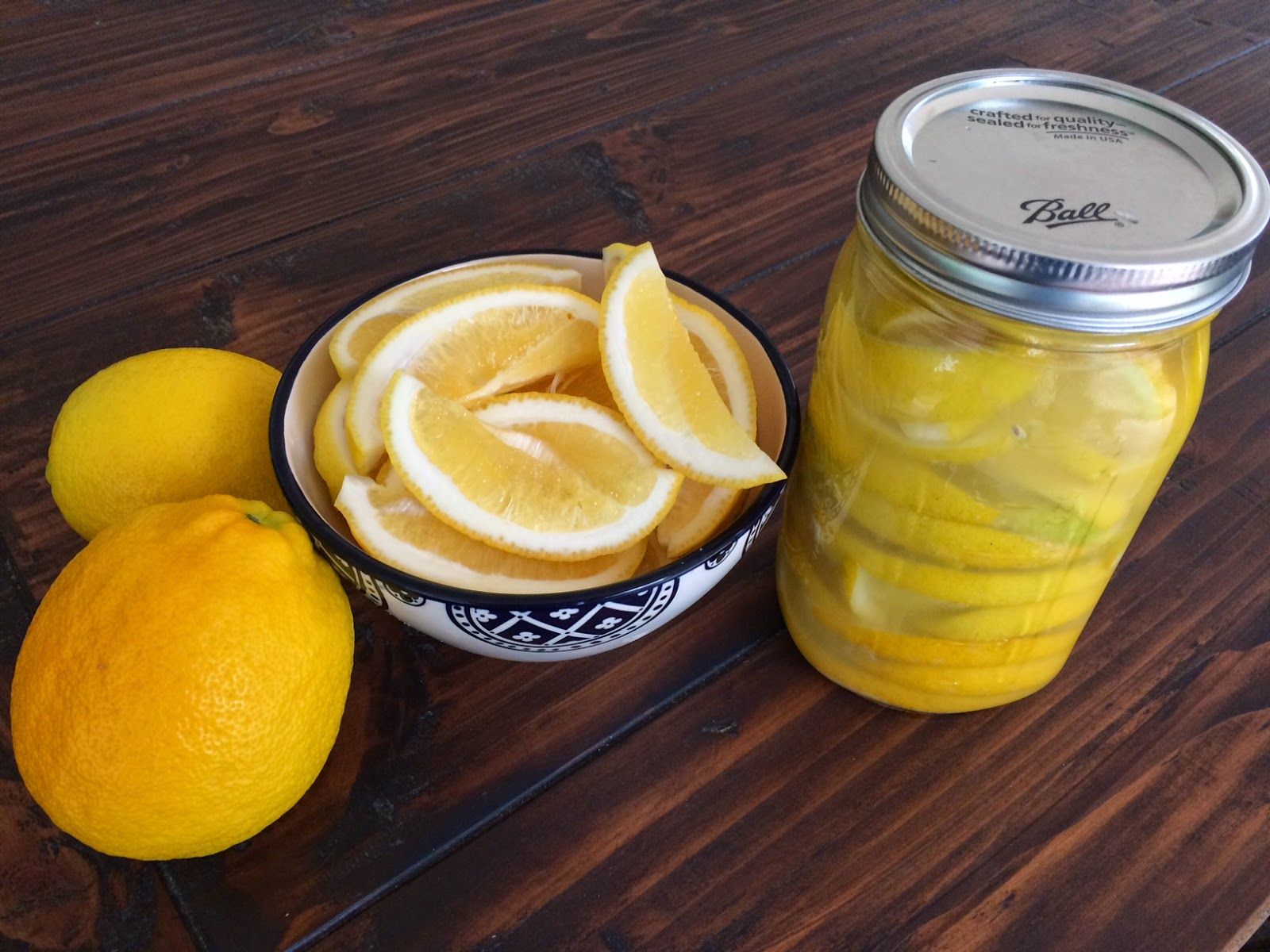

Articles
How To Store Cut Lemons
Modified: December 7, 2023
Discover the best methods to store cut lemons in this informative article. Keep your lemons fresh and flavorful for longer periods.
(Many of the links in this article redirect to a specific reviewed product. Your purchase of these products through affiliate links helps to generate commission for Storables.com, at no extra cost. Learn more)
Introduction
When life gives you lemons, you might not use them all at once. Perhaps you only need a squeeze of lemon juice for a refreshing beverage, a zesty salad dressing, or a tangy marinade. But what do you do with the remaining cut lemons? Storing them properly can help you preserve their freshness and extend their shelf life, ensuring that you can continue to enjoy their bright flavor in future recipes.
In this article, we will explore different methods for storing cut lemons to keep them fresh and juicy for longer periods. Whether you prefer using plastic wrap, ziplock bags, squeeze containers, or even freezing, we’ve got the tips and tricks to help you make the most out of your cut lemons.
Key Takeaways:
- Preserve the zest: Store cut lemons in plastic wrap, ziplock bags, or lemon squeezers to maintain their juiciness and flavor. Freezing is an option for extended shelf life, ensuring a citrusy burst whenever needed.
- Freshness on demand: Properly store cut lemons in the refrigerator, away from direct sunlight and moisture. Regularly inspect and remove damaged lemons to maximize their shelf life and enjoy their vibrant flavor in various recipes.
Read more: How To Store Cut Lemon In Fridge
Why Store Cut Lemons?
There are several reasons why storing cut lemons is advantageous. Firstly, by properly storing cut lemons, you can prevent them from drying out and losing their juiciness. The last thing you want is to reach for a lemon only to discover it has become shriveled and unusable.
Secondly, storing cut lemons can help you save time and effort in the kitchen. Instead of having to cut a fresh lemon every time you need a small amount of juice or zest, you can simply grab a pre-cut lemon from your storage and use it immediately. This convenience can be a game changer when you’re busy cooking or preparing meals.
Furthermore, storing cut lemons can also be a great way to minimize waste. Rather than throwing away half-used lemons, you can store them properly and use them up gradually, reducing food waste and saving money in the process.
Lastly, having cut lemons readily available can provide a burst of flavor to drinks, dishes, and desserts. The natural tanginess and acidity of lemons can enhance the taste of various recipes, from cocktails and mocktails to salads and seafood dishes. By having stored cut lemons on hand, you can effortlessly add a refreshing and vibrant touch to your culinary creations.
Now that we understand the benefits of storing cut lemons, let’s dive into the different methods you can use to preserve their freshness.
Preparing Lemons for Storage
Before you start storing your cut lemons, it’s important to properly prepare them to ensure maximum freshness. Here are a few simple steps to follow:
- Start by selecting ripe and firm lemons. Avoid using lemons that are overly soft or have visible signs of mold or decay.
- Wash the lemons thoroughly under cold water, using a gentle scrub brush to remove any dirt or residue on the surface.
- Dry the lemons with a clean kitchen towel or paper towel to remove excess moisture. It’s important to make sure the lemons are completely dry before storing them, as moisture can promote mold growth.
- Next, decide how you would like to store your cut lemons. Whether you choose to wrap them with plastic wrap, store them in ziplock bags, use lemon squeezers or containers, or freeze them, the following methods will guide you through each option.
By following these steps, you will ensure that your cut lemons are clean, dry, and ready for storage. This preparation step is essential for maintaining the quality and freshness of your lemons throughout the storage period.
Method 1: Wrapping with Plastic Wrap
Wrapping your cut lemons with plastic wrap is a simple and effective method to keep them fresh and prevent them from drying out. Here’s how you can do it:
- Start by cutting the lemon into halves or wedges, depending on your preference.
- Take a piece of plastic wrap and lay it flat on a clean surface.
- Place the cut lemon in the center of the plastic wrap.
- Gently fold the sides of the plastic wrap over the lemon, ensuring that it is completely covered and sealed.
- If you have multiple cut lemons, repeat the process for each lemon, using separate pieces of plastic wrap.
Once wrapped, you can store the plastic-wrapped lemons in the refrigerator. This method will help maintain the juiciness of the lemons and protect them from absorbing any odors from other foods in the fridge.
When you’re ready to use the stored lemons, simply unwrap them and use as needed. They should still be fresh and full of flavor, ready to add a delightful citrus kick to your recipes.
It’s important to note that plastic wrap is a single-use plastic, so if you’re looking to reduce your environmental impact, you may consider reusable alternatives such as beeswax wraps or reusable silicone food bags.
Now that you know how to wrap your cut lemons with plastic wrap, let’s explore another storage method for maximum freshness.
Method 2: Storing in a Ziplock Bag
If you prefer a more airtight storage solution for your cut lemons, using a ziplock bag can be a great option. Here’s how you can store your cut lemons in a ziplock bag:
- After cutting your lemons into halves or wedges, place them inside a clean, dry ziplock bag.
- Press out any excess air from the bag before sealing it. This will help create a vacuum seal and prevent the lemons from drying out.
- Label the bag with the date of storage for easy reference.
- Place the bag in the refrigerator, ideally in the crisper drawer to maintain a consistent temperature.
Storing your cut lemons in a ziplock bag provides a sealed environment that helps retain the lemon’s natural moisture, keeping them juicy for a longer period. Additionally, the bag helps protect the lemons from any potential odors in the refrigerator.
When you need to use a lemon, simply remove it from the ziplock bag and reseal the rest for future use. Remember to use clean hands or utensils to handle the lemons to avoid contamination.
Using ziplock bags can be a convenient and practical way to store cut lemons, especially if you have a larger quantity to store or if you want to maintain their freshness for an extended period.
Now that you’ve learned how to store cut lemons using plastic wrap and ziplock bags, let’s move on to explore another method – using lemon squeezers or containers.
Store cut lemons in an airtight container or wrap them tightly in plastic wrap to prevent them from drying out. Keep them in the refrigerator to maintain their freshness for up to a week.
Read more: How To Store A Lemon After Cutting
Method 3: Using Lemon Squeezers or Containers
If you want to store cut lemons while keeping them juiced and ready to use, using lemon squeezers or containers is an excellent option. Here’s how you can preserve your cut lemons using this method:
- After cutting the lemons into halves or wedges, place them in a lemon squeezer or container specifically designed to store and squeeze citrus fruits.
- Ensure that the squeezer or container has a tight-fitting lid to prevent air exposure and maintain the juiciness of the lemons.
- If using a lemon squeezer, gently press the lemons to extract the juice, leaving the remaining juice inside the squeezer. The juice will act as a protective barrier, keeping the cut lemons moist and preventing excess air exposure.
- If using a container, make sure to pour any excess juice over the cut lemons to keep them moist.
- Seal the squeezer or container with its lid and store it in the refrigerator.
Storing cut lemons in lemon squeezers or containers not only helps maintain their freshness but also allows you to conveniently extract juice whenever needed. Simply open the squeezer or container, pour out the desired amount of juice, and then reseal it for future use.
It’s worth noting that using lemon squeezers or containers may take up more space in the fridge compared to other storage methods. However, it provides the added benefit of having fresh lemon juice readily available whenever you need it.
Now that you’ve learned how to store cut lemons using lemon squeezers or containers, let’s explore another method that allows you to preserve cut lemons for an even longer duration – freezing.
Method 4: Freezing Cut Lemons
If you have an abundant supply of lemons and want to store them for an extended period, freezing is a great option. Freezing cut lemons can help preserve their freshness and flavor for several months. Here’s how you can freeze your cut lemons:
- Cut the lemons into halves or wedges, depending on your preference.
- Place the cut lemons on a baking sheet or tray lined with parchment paper.
- Make sure the lemons are spaced apart, allowing them to freeze individually without touching each other.
- Put the tray in the freezer and let the lemons freeze for a few hours, or until they are solid.
- Once the lemons are frozen, transfer them into a freezer-safe bag or airtight container.
- Label the bag or container with the date of freezing for easy reference.
- Store the frozen lemons in the freezer.
By freezing your cut lemons, you can prolong their shelf life and have them readily available whenever you need them. Frozen lemons are great for using in recipes that require zest, juice, or a citrusy twist.
When you need to use a frozen lemon, simply take it out of the freezer and allow it to defrost slightly. You can then grate the frozen lemon for zest or squeeze the juice once it has softened slightly.
Note that freezing may slightly alter the texture of the lemons, causing them to become softer once defrosted. However, the flavor and usefulness will remain intact.
Now that you know how to freeze cut lemons, let’s move on to some additional tips for extending the shelf life of lemons in general.
Tips for Extending Lemon Shelf Life
Here are some additional tips to help you extend the shelf life of lemons, whether they’re whole or cut:
- Store lemons in the refrigerator: Lemons prefer cooler temperatures, so it’s best to store them in the refrigerator. This helps slow down the ripening process and prevents them from spoiling quickly.
- Avoid direct sunlight: Keep lemons away from direct sunlight, as exposure to heat and sunlight can accelerate their decay. Store them in a cool and dark place, such as a vegetable drawer in the refrigerator.
- Keep lemons dry: Moisture can promote mold growth, so make sure to store lemons in a dry environment. Before storing cut lemons, ensure they are completely dry to prevent any moisture from being trapped.
- Separate lemons from other fruits and vegetables: Lemons release ethylene gas, which can cause other produce to spoil faster. For optimal shelf life, store lemons separately from other fruits and vegetables.
- Inspect lemons regularly: Check your lemons regularly for any signs of mold or spoilage. Remove any damaged or spoiled lemons from the batch to prevent the spread of decay.
By following these tips, you can maximize the shelf life of your lemons and enjoy their fresh flavor for longer periods. Whether you’re storing whole lemons or cut lemons, proper storage and handling practices are key to maintaining their quality.
Remember, the exact shelf life of lemons may vary based on their freshness at the time of purchase, so it’s always best to use your judgment and rely on sensory cues to determine if a lemon is still suitable for use.
With these storage methods and tips in mind, you can make the most out of your lemons and ensure that their vibrant citrus flavor is always within reach.
So next time you have some cut lemons on hand, whether for a refreshing drink or a zesty recipe, you’ll know exactly how to store them properly to maintain their freshness and maximize their potential.
Happy lemon storing!
Conclusion
Storing cut lemons properly is essential to maintain their freshness, juiciness, and flavor. Whether you choose to wrap them with plastic wrap, store them in ziplock bags, use lemon squeezers or containers, or freeze them, each method has its own advantages and considerations.
Plastic wrap provides a simple and convenient way to protect cut lemons from drying out, while ziplock bags offer an airtight seal to preserve their juiciness. Lemon squeezers or containers keep the lemons ready for immediate use, while freezing can extend their shelf life for several months.
Whichever method you choose, it’s important to properly prepare the lemons by washing and drying them, and ensuring they are free from mold or decay. By following the recommended storage methods and tips, you can enjoy the bright and tangy flavor of lemons in various recipes and beverages.
Remember to store lemons in a cool, dark place away from direct sunlight and separate them from other fruits and vegetables to prevent spoilage. Regularly inspect the lemons for any signs of decay and remove any damaged ones to maintain the quality of the remaining batch.
Whether you’re using cut lemons for their juice, zest, or flavor, storing them properly can save you time, reduce waste, and ensure you always have a citrusy burst of freshness on hand.
So the next time you find yourself with a surplus of lemons or need to store cut lemons for future use, refer back to this article for guidance on the various methods available. Apply the appropriate method based on your needs and preferences to preserve the quality of your lemons for as long as possible.
With these storage techniques in your arsenal, you can make the most out of your lemons and continue to enjoy their vibrant and tangy characteristics in your culinary endeavors.
Happy lemon storing and cooking!
Frequently Asked Questions about How To Store Cut Lemons
Was this page helpful?
At Storables.com, we guarantee accurate and reliable information. Our content, validated by Expert Board Contributors, is crafted following stringent Editorial Policies. We're committed to providing you with well-researched, expert-backed insights for all your informational needs.

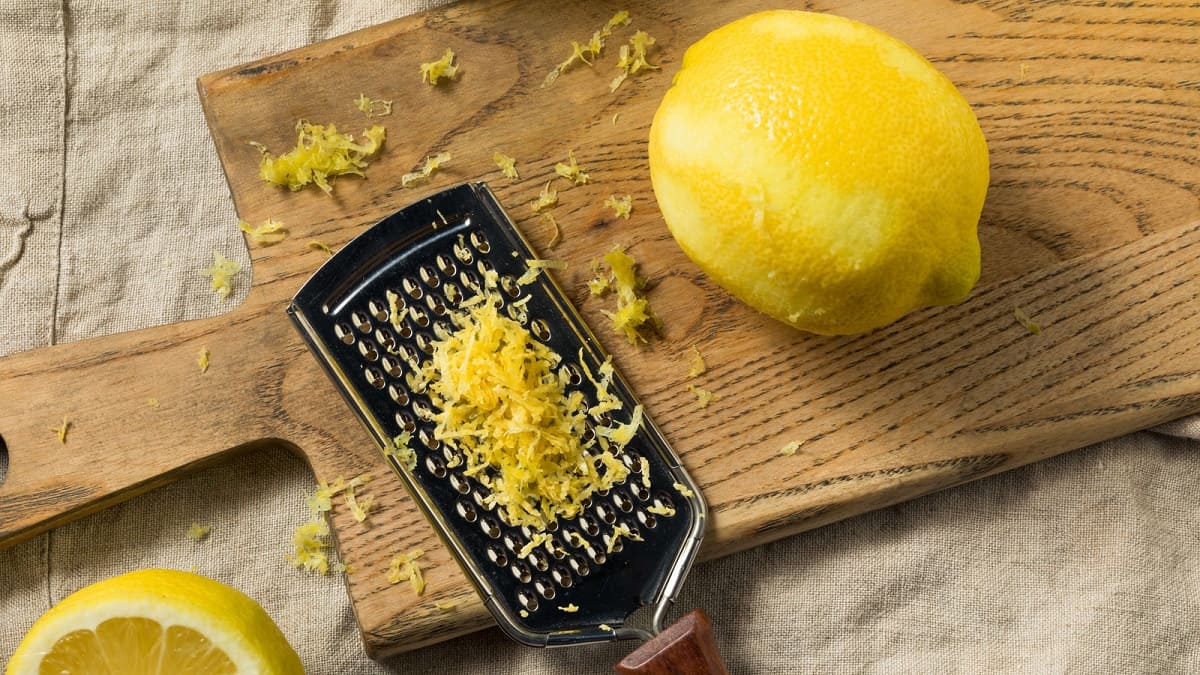
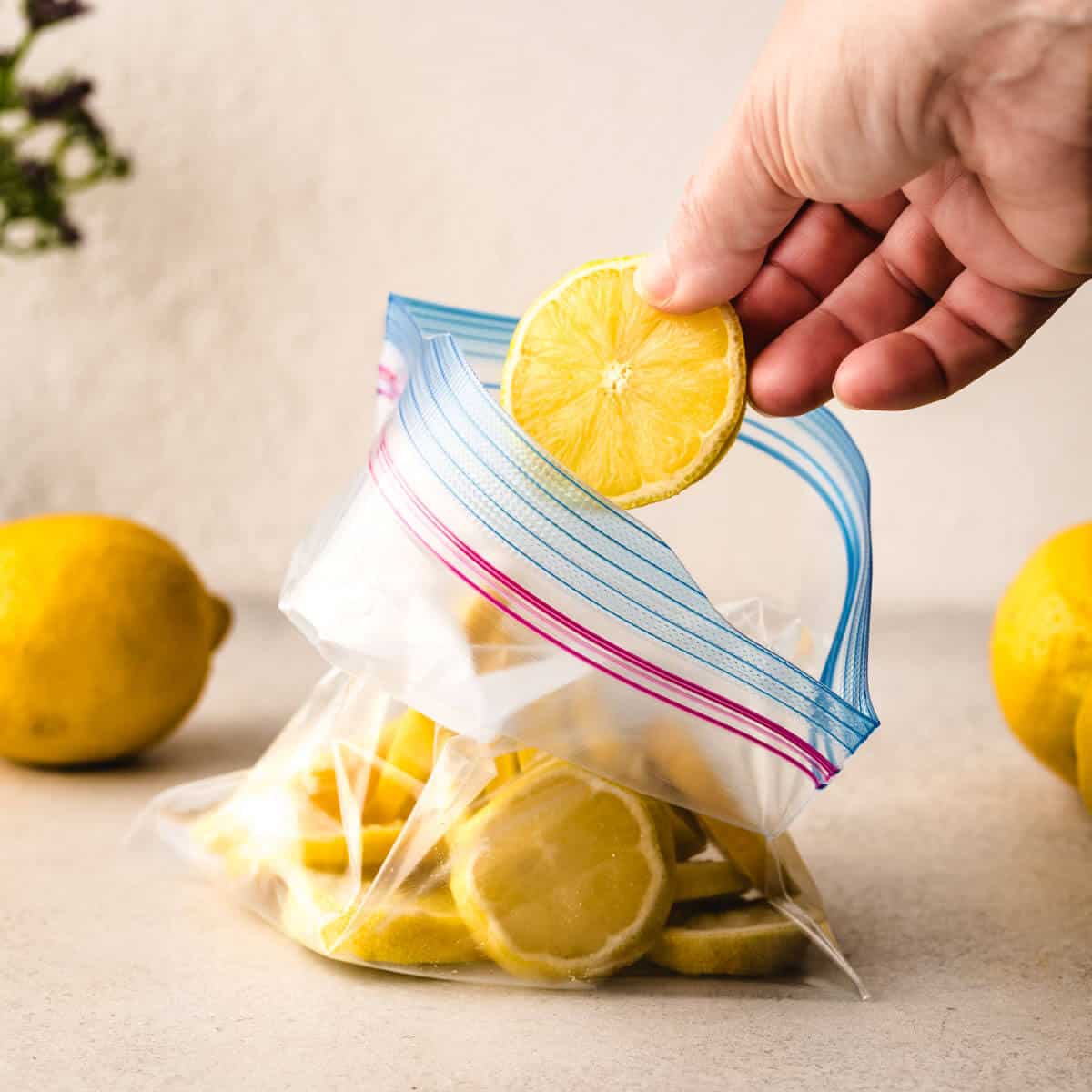

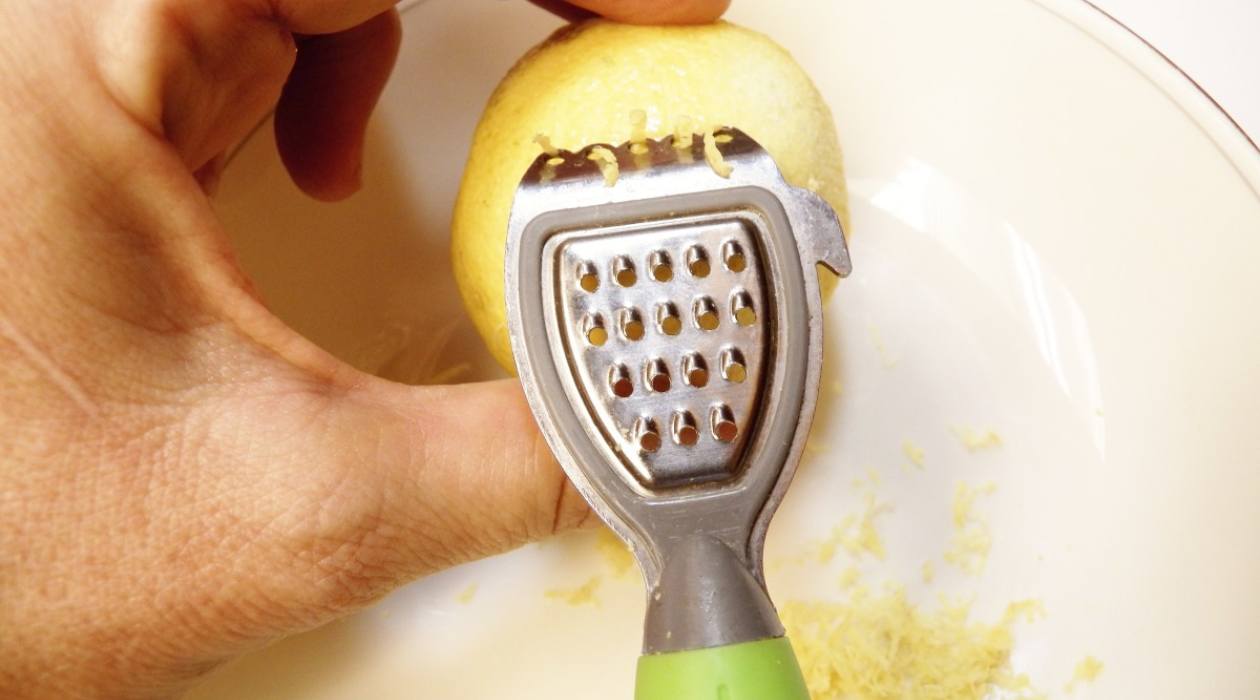
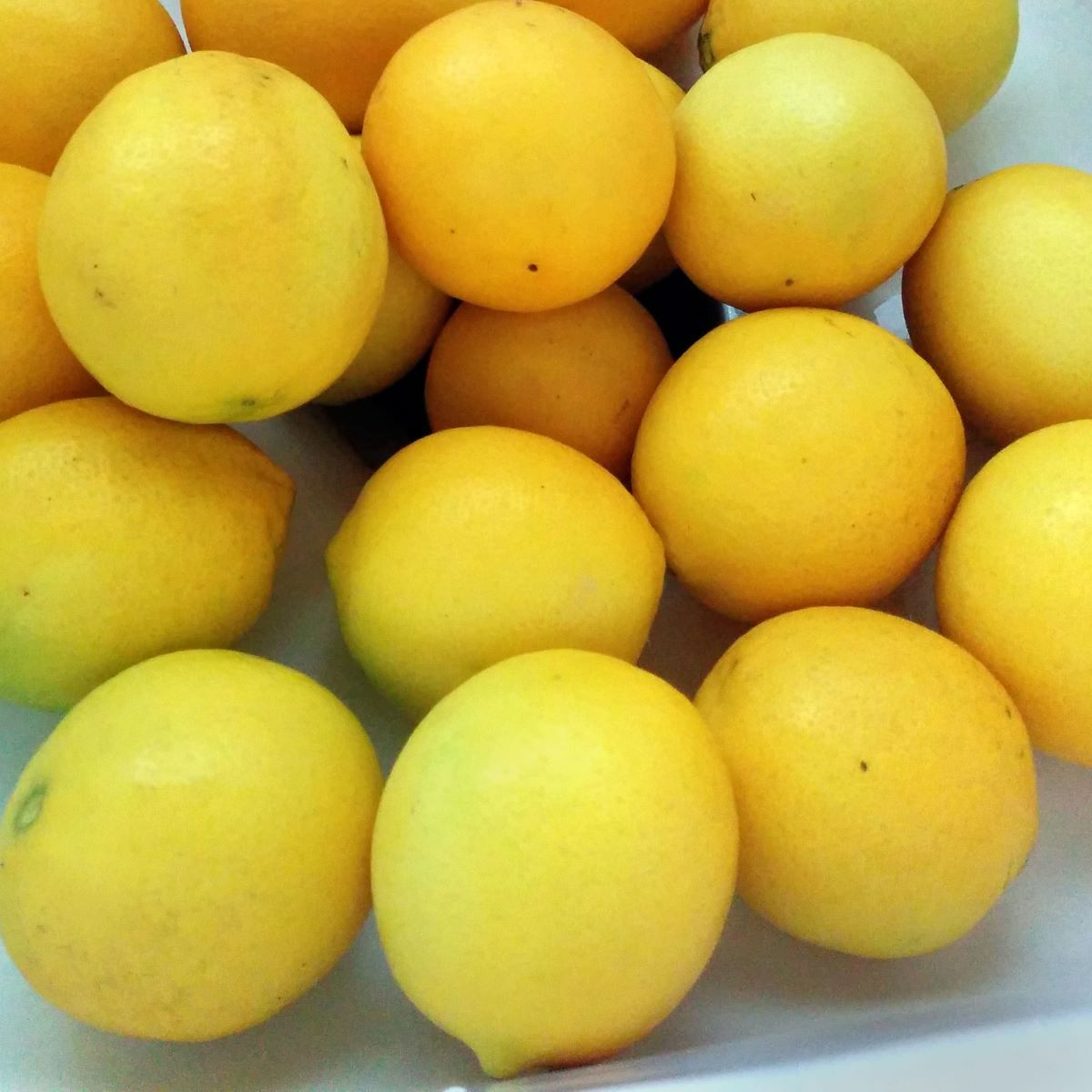






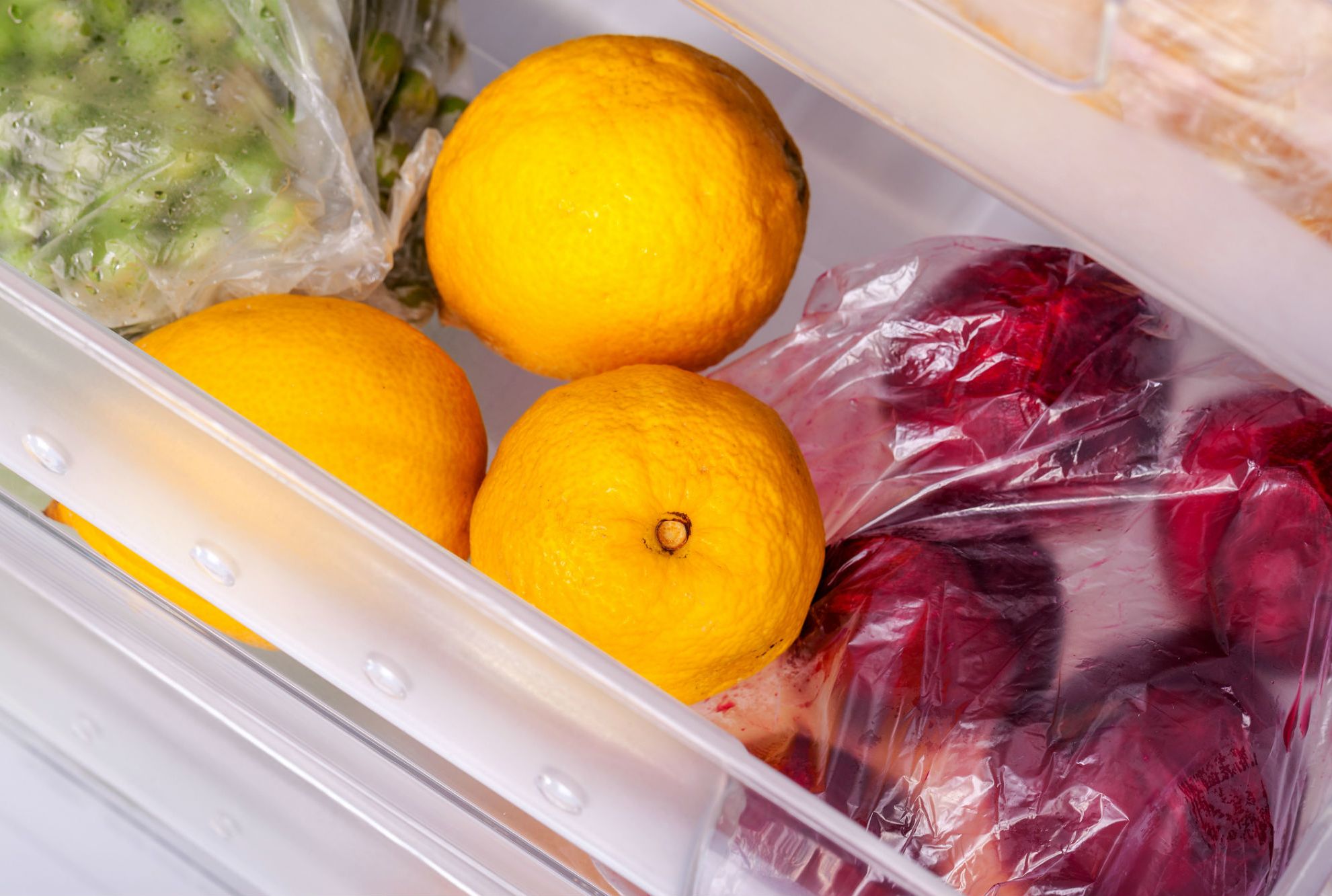
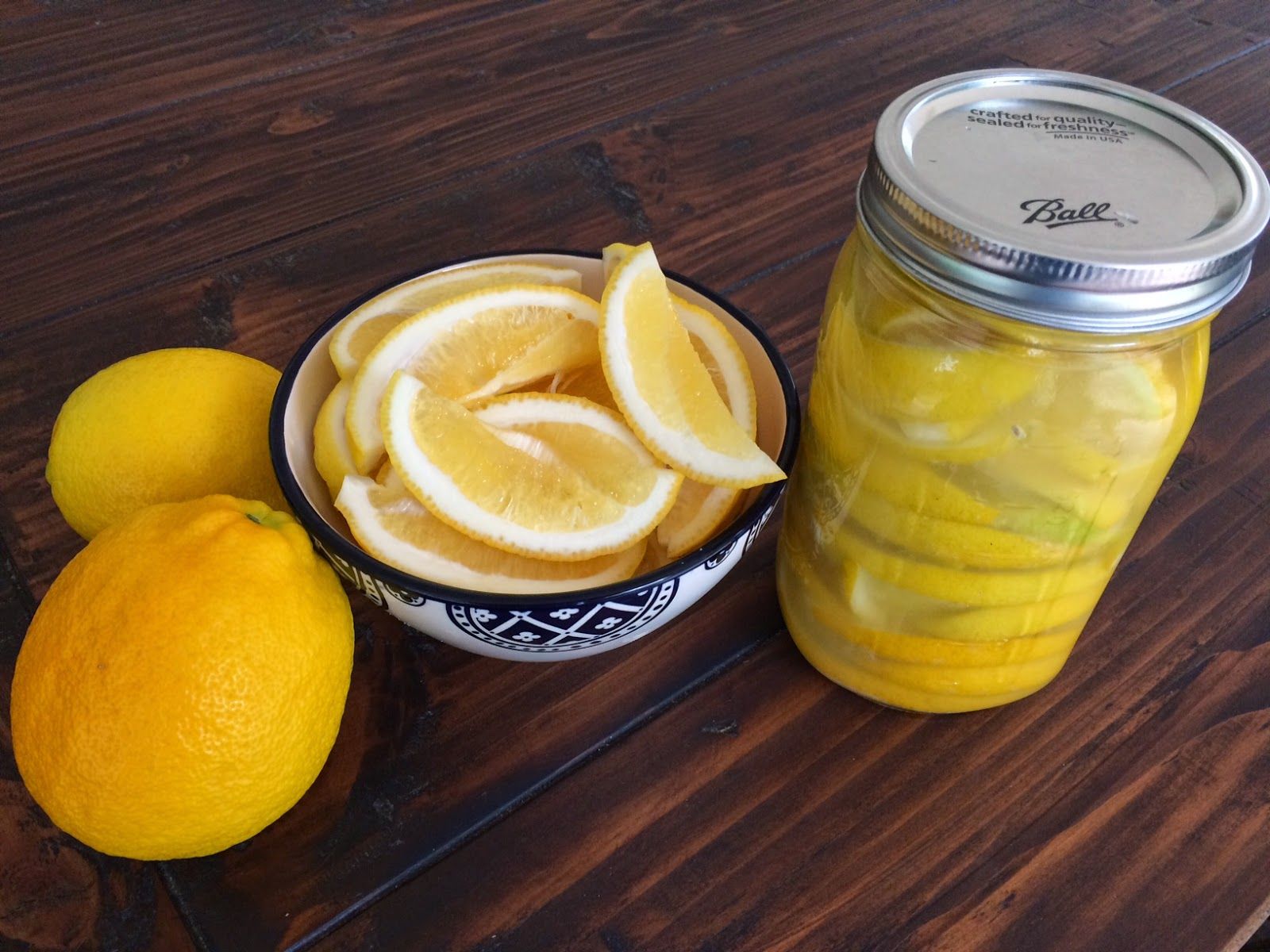

0 thoughts on “How To Store Cut Lemons”